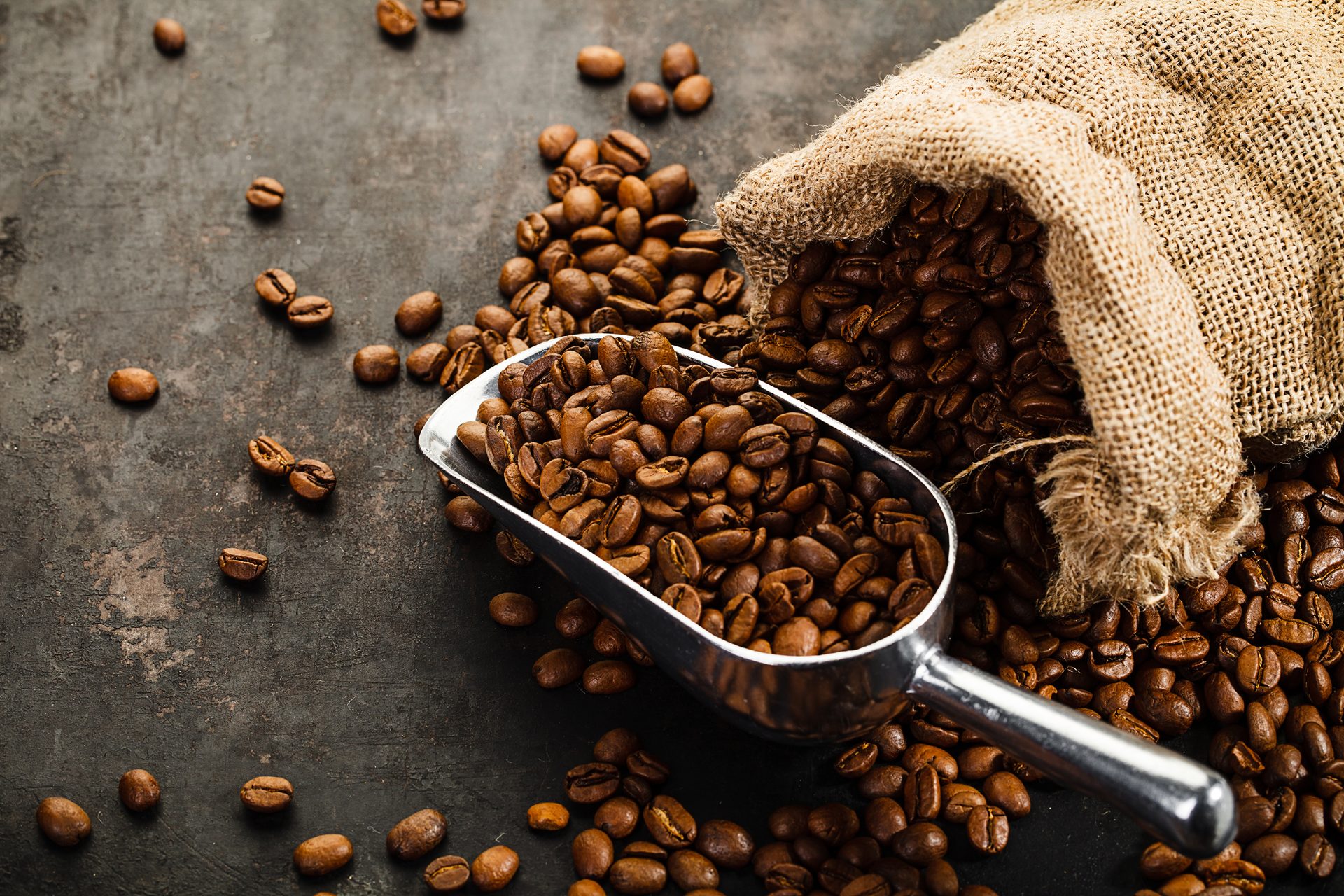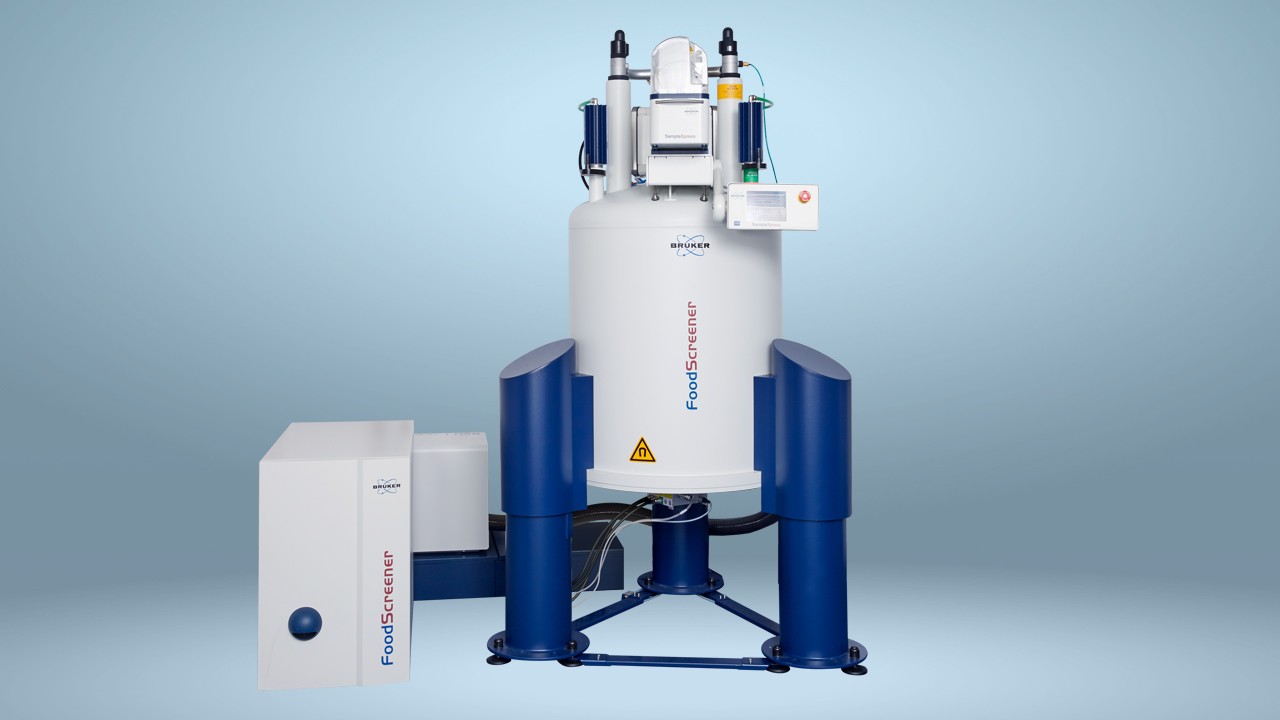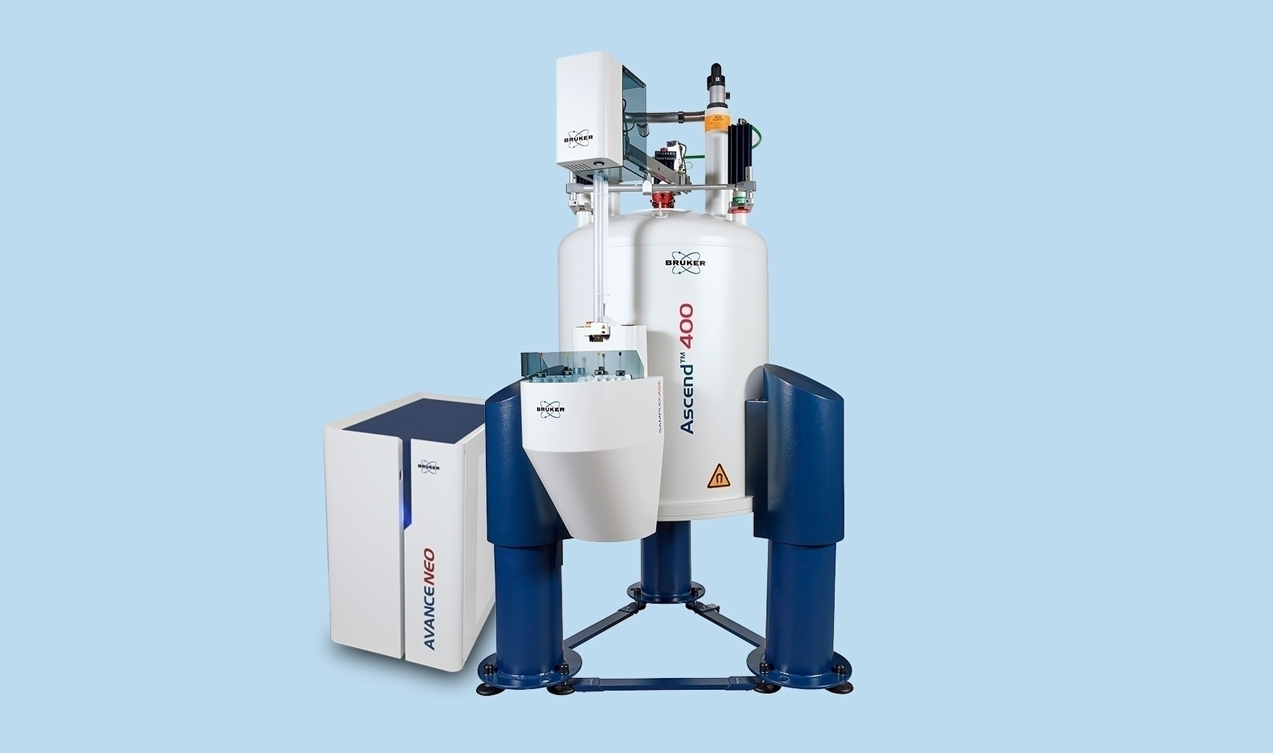

NMR in the Detection of Coffee Adulteration
Introduction
The global trade in coffee beans is extremely valuable, being worth billions of dollars. Coffee has been one of the world’s most popular beverages for decades, and its popularity is on the rise. Meeting for a coffee has become a key part of many social and commercial meetings. The increasing number of barista stands and coffee shops on high streets across the world reflects this trend. Coffee is also renowned as a rapid relief from fatigue, or a means to boost concentration and, drunk in moderation, it is also promoted for a range of health benefits, including protection against neurodegenerative diseases, raising blood pressure, and lowering the risk for type 2 diabetes1,2.
There is a high potential for financial gain in the coffee bean market, and this has resulted in some coffee traders taking unscrupulous measures to elevate profit margins. This commonly takes the form of marketed coffee products being bulked up with lower-cost substances, such as corn, barley, and even coffee husks, or premium coffee varieties, such as arabica beans, being mixed with less desirable varieties. With the market for coffee trade growing rapidly, it is important that such fraudulent activities are readily detected so they can be terminated, and the livelihoods of genuine suppliers protected.
The Coffee Trade
Coffee beans are one of the most widely traded global commodities, with billions of dollars being exchanged in return for coffee beans across the globe. Brazil is the world's largest producer of coffee and exported over 2 million tons of raw coffee beans in 2018. This generated over 5 billion dollars in revenue. The market has increased considerably over recent years. In particular, consumers are increasingly showing a preference for higher quality coffee, despite the heavier price tag. The size of the global coffee market is expected to continue growing as consumers become increasingly willing to pay more for premium coffee products.
The two main species of coffee bean are Coffea arabica L, which accounts for around 70% of the market, and Coffea canephora Pierre ex A. Froehner (variety robusta)3. Arabica beans are the most expensive, being renowned for their smooth, rounded flavor. Although more disease-resistant, the fruit of robusta plants produces a rougher brew and can be obtained at a lower price.
Adulteration of Coffee Beans
The high commercial value of coffee has unfortunately made it a target for food fraud5. This is the deliberate substitution, addition, adulteration, or misrepresentation of a food product for economic gain4.
In order to maximize their profits, some unscrupulous producers may add lower cost materials, such as corn, barley, or coffee husks to commercial coffee, or substitute premium Arabica beans with lower-grade Robusta beans. It is important that such deceit is eradicated to protect both the customer and reputable producers from fraudulent activities. Due to the high costs involved, strict regulations have been implemented to ensure the quality of coffee products.
In Brazil, the National Health Surveillance Agency (ANVISA) has established a maximum permissible limit of 1% for the content of foreign substances in coffee6. In addition, there have been attempts to reassure customers of the quality of the coffee they purchase. Coffee products analyzed by a private agency called the Brazilian Association of Coffee Industries (ABIC) and deemed to be pure and unadulterated are given the “ABIC purity stamp”. Despite such good intentions, the ABIC has not reviewed the analytical techniques employed in the verification of coffee purity since they were initiated in 1989. Consequently, they have become outdated and are subject to operator error7.
Detection of Adulterated Coffee Products
Due to the high economic importance of coffee, the ability to discern its purity and detect external impurities remains a key goal. Coffee traders and importers need to be assured that the coffee they purchase is authentic and that the package contents are as labelled. Since visual inspection is typically inadequate due to even the cheapest fillers closely resembling coffee in both color and texture, more advanced analytical technologies are needed for quality assurance testing of coffee. It is essential that these rapidly provide non-subjective evidence of coffee purity that is readily reproducible.
Several techniques are available to detect bulking agents, such as corn, rye, and barley, in coffee. Similarly, the contamination of products labelled 100% Arabica with Robusta coffee can be assessed by determining whether a compound found exclusively in Robusta beans, diterpene 16-O-methylcafestol (16-OMC), is present5,8,9.
Optical and electron microscopy were the conventional methods used to detect adulteration in roasted and ground coffee. However, these require time-consuming pre-treatment of samples and rely on user evaluation that can be highly subjective. More recently, a range of potentially more reliable and more reproducible analytical techniques have been developed that are often also more widely applicable. However, studies have found many of these techniques do not provide sufficient versatility and robustness to precisely identify and quantify the different adulterants employed in coffee fraud.
Nuclear magnetic resonance spectroscopy (NMR) has proved to be a versatile and robust tool for the identification of adulterants in many foods and beverages10,11. It may thus represent the much-needed technique for rapid, simple, and reliable identification of coffee adulteration.
NMR in the Authentication of Coffee
Coffee contains a complex mixture of hundreds of different organic compounds, which complicates the identification of foreign species. With its ability to simultaneously and non-destructively identify and quantify all components of a complex mixture with minimal sample preparation, NMR seems ideally suited to the task. Indeed, it has already been shown that the authenticity of Arabica coffee can be confirmed using low-field 1H NMR12.
A recent study evaluated the capacity of 1H NMR to detect bulking adulterants in coffee samples13. Coffee samples containing six different adulterants (barley, corn, coffee husks, soybean, rice, and wheat) were analyzed by 1H NMR using a Bruker Avance III HD 600 spectrometer. Data analysis and signal integrations were performed by the Bruker TopSpin 3.2 software. The spectra of pure and adulterated coffee samples were compared and principal component analysis (PCA) and soft independent modeling of class analogies (SIMCA) were employed for pattern recognition to determine the adulterated samples.
The 1H NMR methodology was successfully applied to several commercial ground coffee blends from different origins and with different degrees of roast, without the need for any previous separation procedures. A satisfactory limit of detection (0.31–0.86%) was achieved in both medium and dark roast coffees.
Using the SIMCA model, the adulterated coffee samples were identified with 100% success. The signal differences between pure and adulterated samples were largely due to the presence of starch. This signal can thus be used to identify and quantify the presence of commonly used bulking adulterants, such as corn, barley, wheat, and rice, in coffee samples.
This latest study indicates that NMR represents a robust analytical methodology for the routine quality evaluation of coffee samples.
References
- George SE, et al. Critical Reviews in Food Science and Nutrition 2008;48(8):464–486. https://doi.org/10.1080/10408390701522445
- Carlstro M, Larsson SC. Nutrition Reviews 2018;76(6):395–417. https://doi.org/10.1093/nutrit/nuy014.
- Belitz HD, et al. Food Chemistry. 4th Edition 2009, Springer Science and Business Media
- Tibola CS, et al. Journal of Food Science 2018;83(8):2028–2038. https://doi.org/10.1111/1750-3841.14279.
- Tocia AT, et al. Critical Reviews in Analytical Chemistry 2016;46(2):106–115. http://dx.doi.org/10.1080/10408347.2014.966185
- ANVISA - Agência Nacional de Vigilância Sanitária. Portaria no 377;26 de abril de 1999. http://www.anvisa.gov.br/anvisalegis/portarias/377_99.htm,
- Amboni RD, et al. Ciência e Tecnologia de Alimentos 1999;19(3):1–6. https://doi.org/10.1590/s0101-20611999000300002.
- Sezer B, et al. Coffee arabica adulteration: Detection of wheat, corn and chickpea. Food Chemistry 2018;264:142-148. https://www.sciencedirect.com/science/article/pii/S0308814618308288
- Monakhova YB, et al. Food Chemistry 2015;182:178–184. https://pubmed.ncbi.nlm.nih.gov/25842325/
- Spiteri M, et al. Food Chemistry 2015;189:60–66.
- Gómez-Caravaca AM, et al. Analytica Chimica Acta 2016;3:1 21.
- Defernez M, et al. Food Chem. 2017;216:106‐113. doi:10.1016/j.foodchem.2016.08.028
- Milani MI, et al. Food Control 2020;112:107104. https://www.sciencedirect.com/science/journal/09567135


